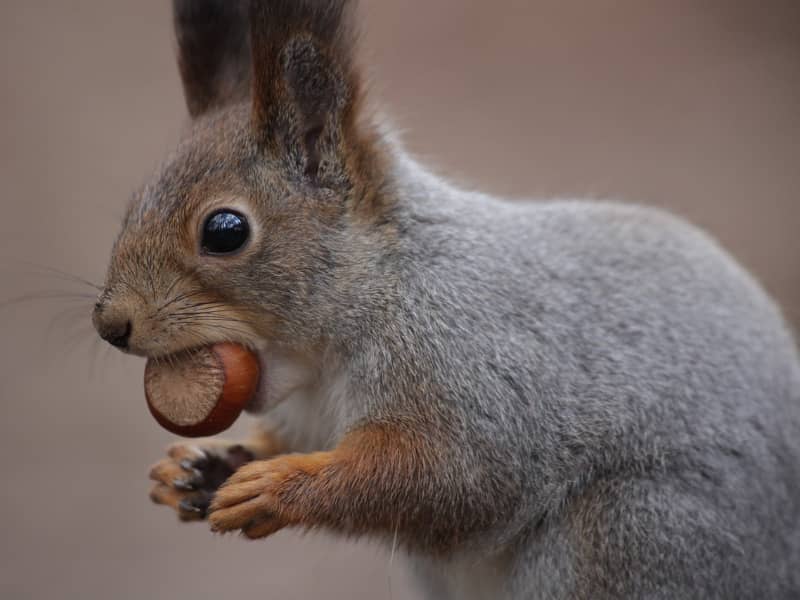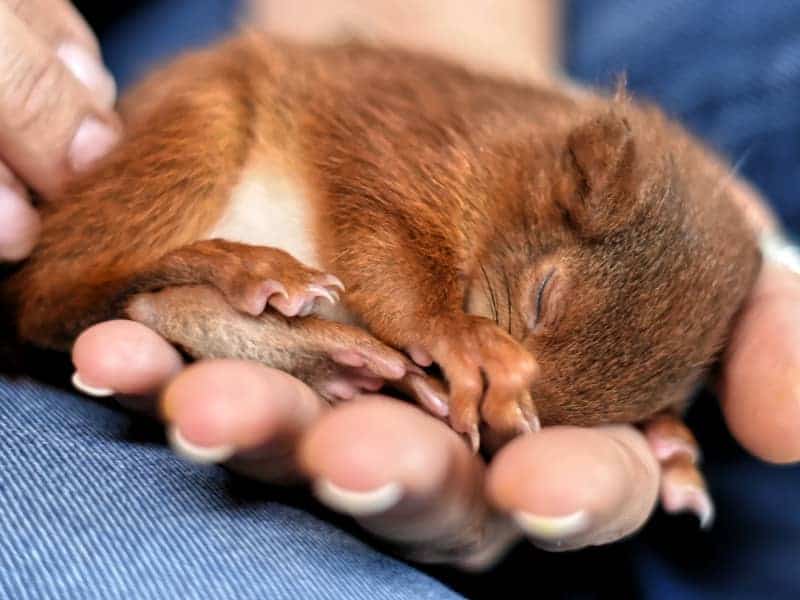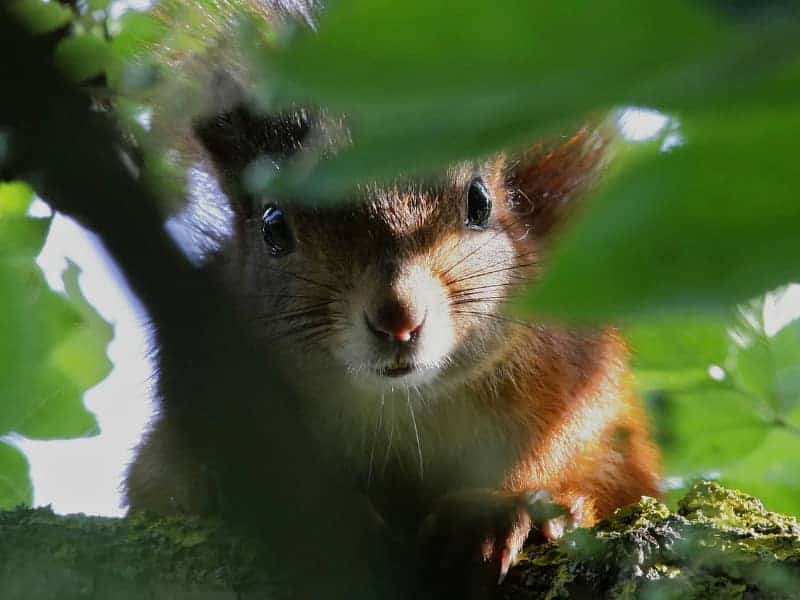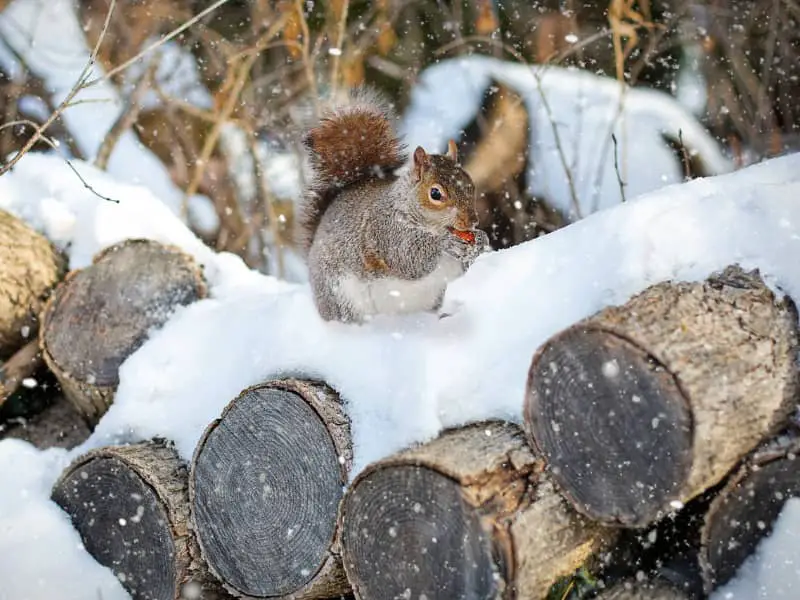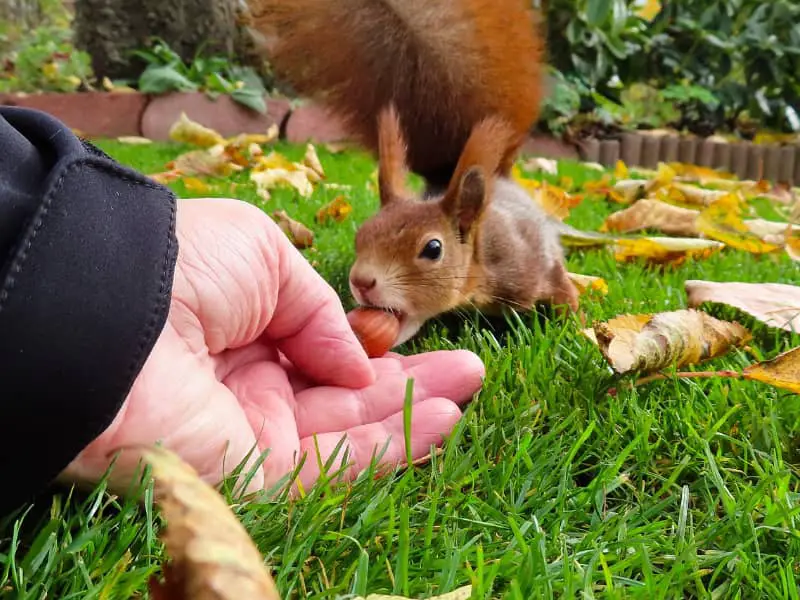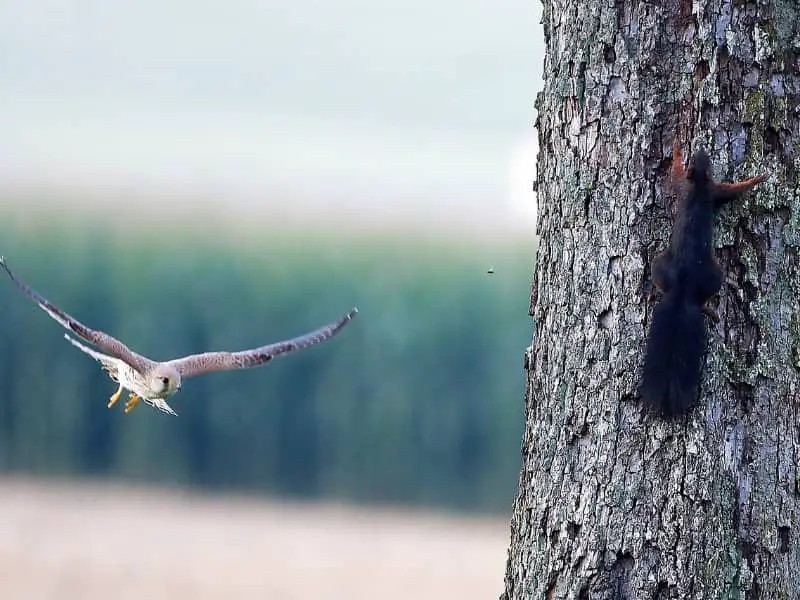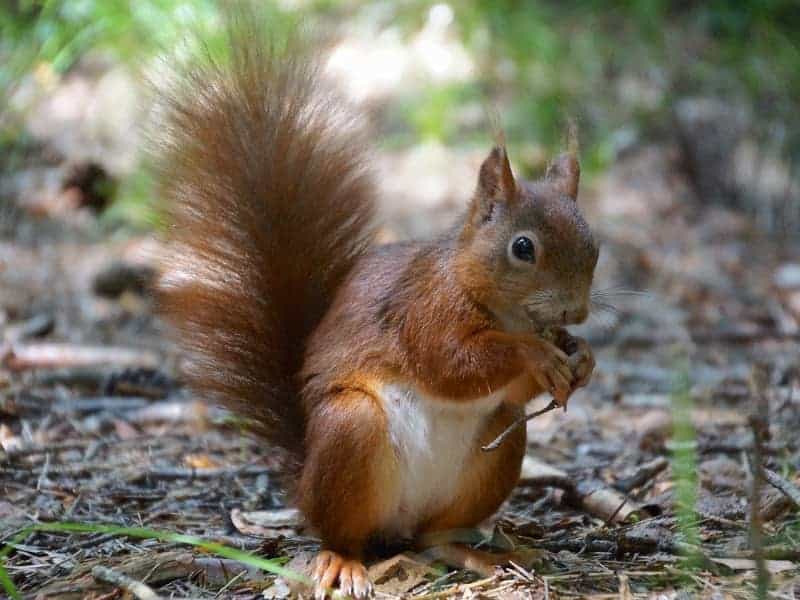
Squirrel male recognize
You can recognize the adult male squirrel by its clearly visible testicles. The female, on the other hand, can be recognized by the extremely large teats.
Recognizing male squirrels - not easy for laypeople
For you as a layperson, sexing squirrels is anything but easy. Experts can tell the difference between male and female squirrels by the distance between the anus and the genitals. In male squirrels, the anus and the penis are clearly separated. You can often see a fold of skin between them. This is the scrotum, into which the testicles later enter.
How do you recognize a female squirrel?
The female's genitals are located directly above the anus. The urethra usually ends in a small protrusion. Laypeople often mistake this protrusion for a penis. For this reason, what are usually thought to be male squirrels very often turn out to be females when they arrive at the animal rescue center.
Does the male squirrel have nipples?
This question is often asked by laypeople who are not familiar enough with squirrels. Up close, sex determination is usually not so complicated.
Except during the sexually inactive months of autumn, you can clearly see the testicles of the male squirrel. The female, on the other hand, has 8 teats, which she needs to nurse her young.
Male squirrels are often eaten
Squirrels live out their gender distribution clearly visible even to laymen. The females take care of the household and the den, while the male squirrels lie around lazily.
Studies by biologist Cory Williams have confirmed this. He put fitness bracelets on the squirrels. This enabled him to see exactly which animal was active and which was more or less just chilling. This method is also suitable for recording the squirrels' heart rate or finding out more about their metabolism and hormones.
The results of the study surprised even the biologist. The female ornaments have practically no free time. They take care of the food, the young and the construction of the burrow. The male squirrels, on the other hand, just lie around lazily in the sun. The males certainly leave the burrow more often than the females. But only to look for a sunny spot to chill out.
Otherwise, the males move very little. This also explains why the male squirrels are attacked and eaten much more often by predators than the active females. The males may even discover the predator, but are too lazy to run away and prefer to play dead. This tactic is not really successful because most of the animals eaten are the male squirrels.
Jokingly, it can be said that if the male squirrels helped more in the household, they could chill less, but would not be eaten as often.
The coat color says nothing about the sex
Many people still claim that you can recognize a male squirrel by the color of its fur. If this statement were true, then the females would be red and the males black.
We would like to correct this false statement and explain to you what the coat color is all about.
First of all, the color of the fur has nothing to do with the sex of the squirrel. Rather, it is predetermined and in many cases is due to environmental influences such as:
- Habitat
- Climate
- Food
In particular, the oil content of the food is responsible for the squirrel's color. The red squirrels usually lives in cities or deciduous forests. At high altitudes, however, you will find the black squirrels.
So if someone wants to tell you once again that they can recognize the male squirrel by its fur color, you can prove them wrong.
Author

-
Garden animal - A life with nature
Welcome to my animal blog! My name is Dirk and I am happy to take you on my journey through the fascinating world of animals and gardening.
Born 54 years ago, I have had an insatiable curiosity for the animal world around me since childhood. Although I have moved professionally in other industries, my true passion has always been animals and nature. It is remarkable how a small garden has become such an important part of my life.
Many of my fondest memories are associated with the animals that share our home. Whether it's the curious squirrels that scurry across the trees in the morning, the colorful variety of birds that visit our feeders, or the busy bees and butterflies that pollinate our flowers, every moment with them is invaluable to me.
This blog is my contribution to share my experiences, discoveries and insights with like-minded people. Here I will share stories of unforgettable encounters with animals, give tips on gardening and creating wildlife-friendly habitats, and take you on my journeys through nature.
Thank you so much for being here!
Cordial,
Dirk aka garden animal
Last posts
- 27. February 2024PetsVeganes Hundefutter – Grün und Gesund?
- 18. January 2024ChickensOregano für Hühner
- November 27, 2023HamsterDiurnal hamsters
- November 24, 2023HamsterHamster hammock

